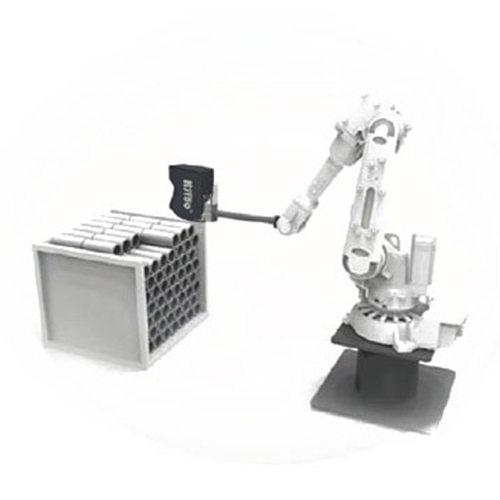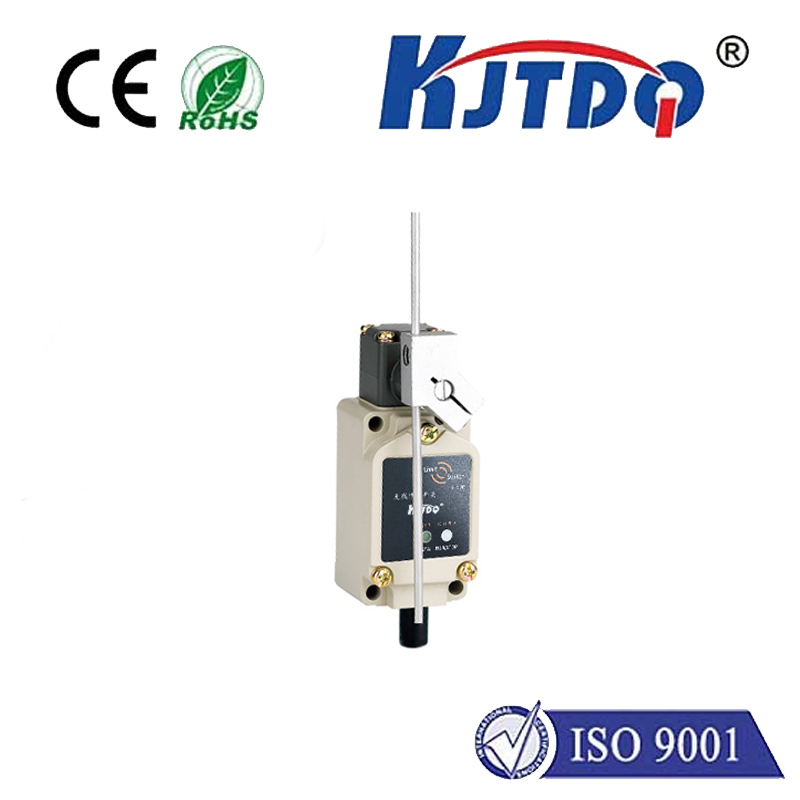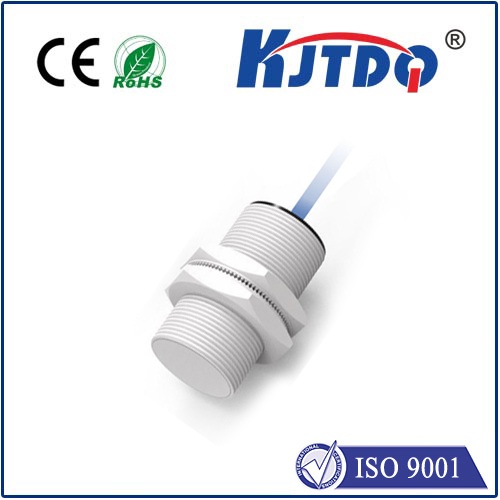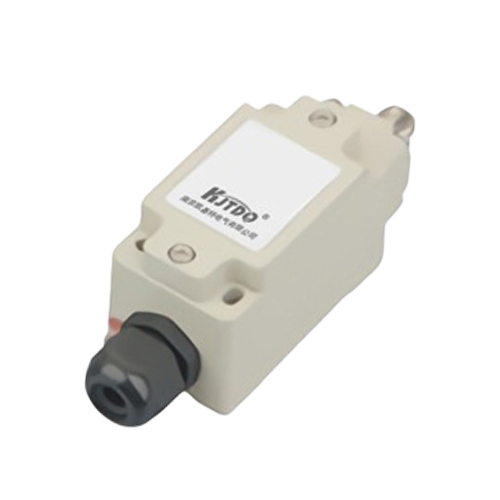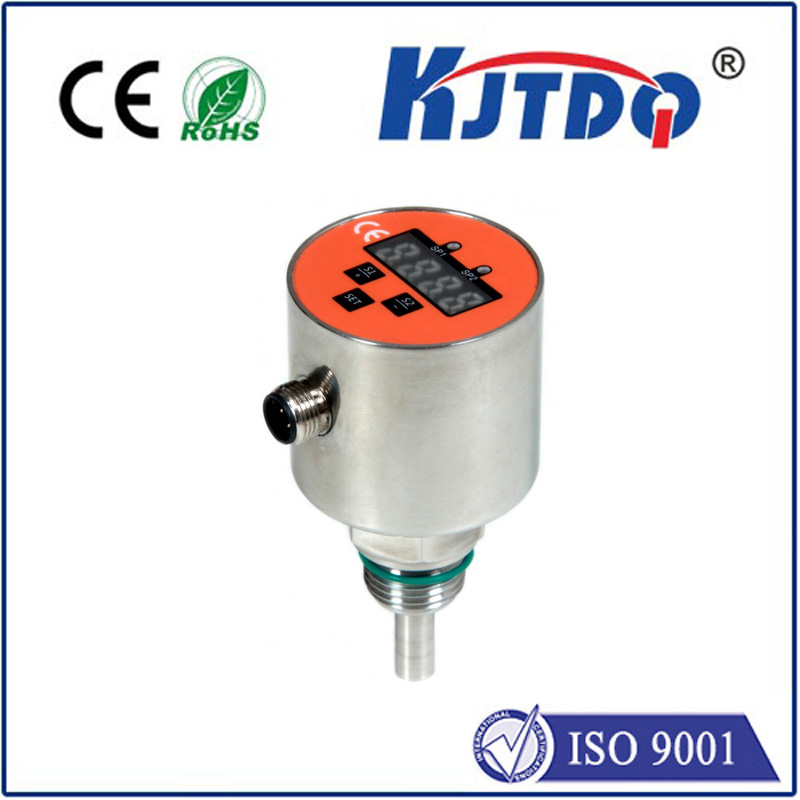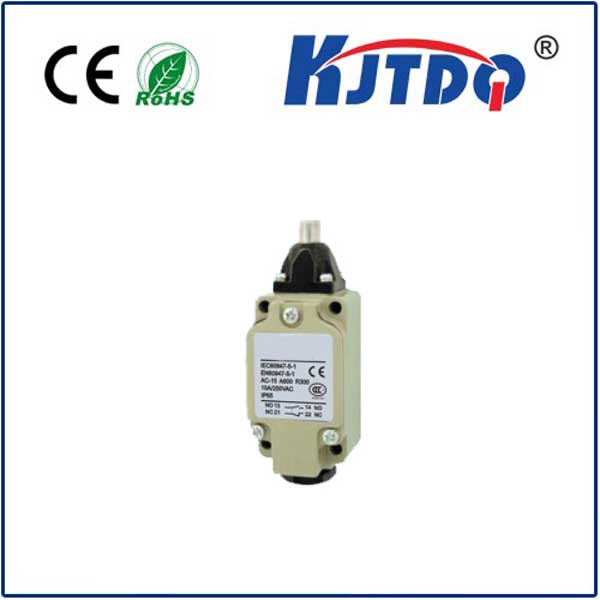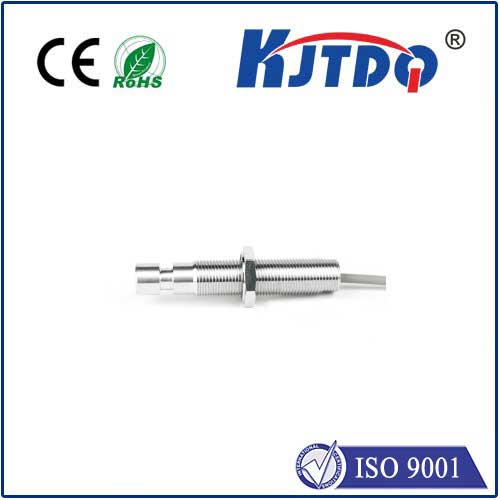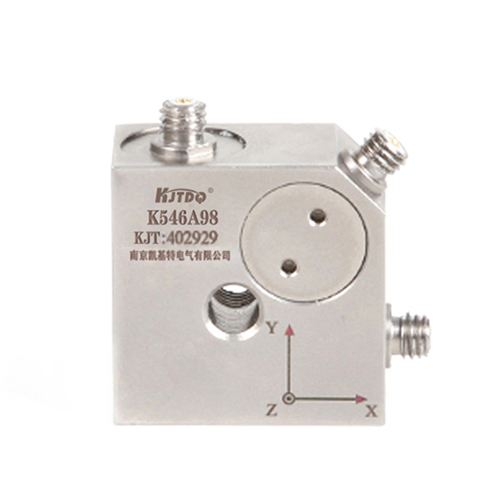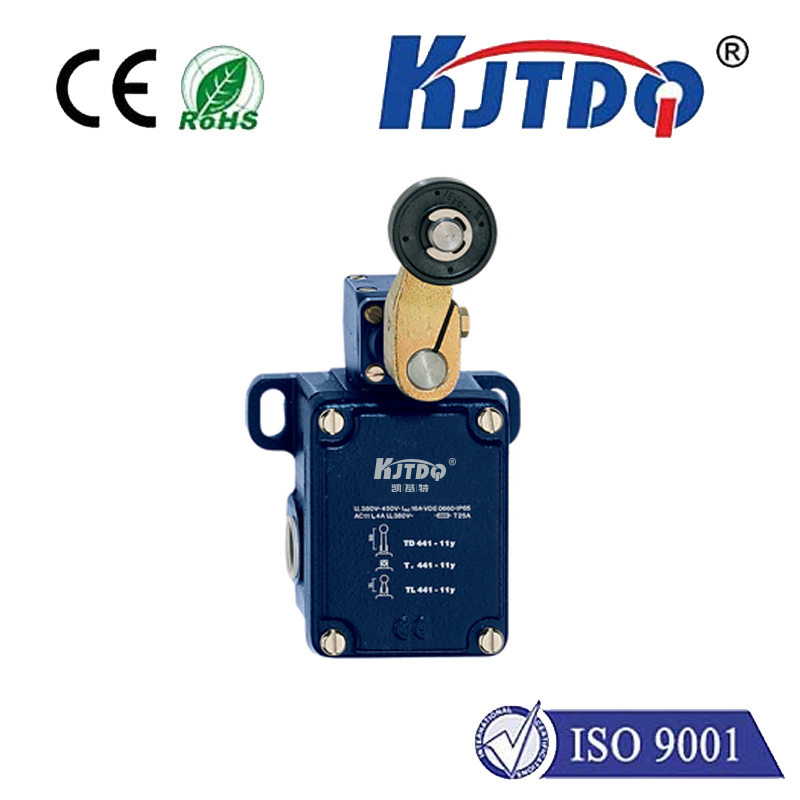temperature controller with sensor
- time:2025-08-21 02:15:31
- Нажмите:0
The Unsung Hero of Precision: How a Temperature Controller with Sensor Creates Stability
Forget merely adjusting a thermostat dial. Imagine the intricate dance within an industrial oven baking ceramics, where a few degrees too high cracks the product, and a few degrees too low leaves it weak. Envision the critical storage of life-saving vaccines, demanding unwavering cold chain integrity. Or picture the delicate process of fermenting craft beer, where yeast activity hinges entirely on maintaining a specific thermal sweet spot. In these scenarios and countless others, the silent, efficient partnership of a temperature controller with sensor is not just convenient – it’s absolutely essential. This dynamic duo forms the core nervous system of precise thermal management, transforming chaotic energy into controlled stability.
Beyond the Basics: Understanding the Components
At its heart, a temperature control system relies on two fundamental elements working in concert:
- The Sensor (The Eyes and Ears): This is the frontline component, constantly measuring the actual temperature (process variable) of the environment, medium, or object. Think of it as the vigilant scout, gathering real-time data. Common sensor types include:
- Thermocouples: Rugged, versatile, and covering wide ranges, ideal for harsh industrial settings like furnaces or engine exhaust monitoring.
- RTDs (Resistance Temperature Detectors): Offering higher accuracy and stability over a narrower range, commonly used in labs, pharmaceutical processes, and HVAC calibration. Platinum RTDs (Pt100, Pt1000) are the gold standard.
- Thermistors: Highly sensitive to small temperature changes within limited ranges, often found in medical devices, environmental chambers, and appliance controls (like your car’s coolant sensor).
- Infrared (IR) Sensors: Measure surface temperature without contact, perfect for moving objects, hazardous materials, or hard-to-reach spots.
- Semiconductor Sensors (IC Sensors): Integrated circuits offering good linearity and ease of use, prevalent in consumer electronics and simpler control applications.
- The Temperature Controller (The Brain): This intelligent unit processes the data stream from the sensor. It compares the actual measured temperature against the user-defined desired temperature, known as the setpoint. Based on this comparison and its programmed control algorithm (like PID control), the controller calculates precisely what output signal is needed to reduce any difference (error) between the setpoint and the actual temperature. This output signal then commands the final control element (like a heater, cooler, valve, or compressor) to take corrective action.
The Magic is in the Connection: How They Work Together
The true power lies in the seamless integration of sensor and controller. The process forms a continuous feedback loop:

- The sensor continuously measures the current temperature.
- This measurement is transmitted to the controller.
- The controller compares the measured value to the setpoint.
- Using its control algorithm (e.g., PID - Proportional, Integral, Derivative), the controller calculates the necessary output.
- The output signal is sent to the final control element (e.g., turn heater on/off, modulate a valve).
- The final control element acts, changing the process temperature.
- The sensor detects this change… and the loop repeats, constantly adapting.
Sophisticated controllers, particularly those using PID algorithms, don’t just react to the current error. They anticipate future trends (derivative action) and correct for accumulated past errors (integral action), resulting in remarkably smooth and stable control, minimizing overshoot and hunting around the setpoint. This predictive capability is crucial for processes sensitive to rapid fluctuations.
Why This Partnership is Indispensable: The Key Benefits
Implementing a dedicated temperature controller with sensor offers compelling advantages over rudimentary on/off thermostats:
- Unmatched Precision & Accuracy: Achieve tight temperature tolerances critical for quality, consistency, and compliance. A high-accuracy RTD sensor paired with a capable controller can maintain deviations within fractions of a degree.
- Enhanced Process Stability: Minimize temperature cycling (overshoot and undershoot), leading to consistent product quality, reduced waste, and extended equipment lifespan. Stable temperatures are paramount in chemical reactions and material curing.
- Optimized Efficiency: Sophisticated control algorithms ensure heating or cooling elements operate only as much as necessary, significantly reducing energy consumption compared to simple on/off systems. Efficiency translates directly to cost savings and sustainability.
- Greater Flexibility & Programmability: Modern controllers offer features like multiple setpoints, programmable ramps (changing temperature over time), soaking periods (holding temperature), alarms, and data logging capabilities. This is essential for complex thermal profiles in annealing, heat treatment, or composite curing.
- Повышение безопасности: Reliable temperature monitoring and control prevent dangerous overheating (fire risk, equipment damage) or excessive cooling (freezing damage, process failure). Audible and visual alarms add critical safety layers.
- Data Insights: Many controllers offer communication ports (USB, Ethernet, Modbus, etc.) allowing integration into SCADA systems or simple data logging for process analysis, troubleshooting, and quality assurance.
Where Precision Matters: Diverse Applications
The application scope for a temperature controller with sensor is vast, touching nearly every industry:
- Industrial Manufacturing: Plastic molding/extrusion, metal heat treating/foundries, food & beverage processing/pasteurization, chemical/petrochemical processing, semiconductor fabrication cleanrooms (where even air temperature is tightly controlled).
- HVAC & Building Management: Precise climate control for comfort, museums, data centers (server cooling), hospitals, laboratories. Building automation systems rely heavily on networked controllers.
- Laboratory & Research: Incubators, environmental chambers, autoclaves, spectrophotometers, calorimeters. Reproducibility is non-negotiable.
- Medical & Healthcare: Sterilizers, infant warmers, blood bank refrigerators/freezers, dialysis machines, MRI cooling systems. Patient safety depends on precise thermal management.
- Food Service & Storage: Commercial refrigeration/freezers, ovens, sous-vide cookers, proofing cabinets, fermentation tanks.
- Renewable Energy & Electronics: Battery testing/management systems, solar thermal control, power electronics cooling, semiconductor testing equipment.
- Agriculture & Environmental Control: Greenhouses, hydroponics, livestock housing, bioreactors, weather monitoring stations.
Choosing the Right Duo: Key Considerations
Selecting the optimal temperature controller with sensor requires careful thought:
- Temperature Range & Accuracy Needs: What temperatures must be measured and controlled? How precise must the control be? (Define your required tolerance).
- Sensor Type & Environment: Consider the medium (air, liquid, metal surface?), required response time, environmental conditions (moisture, chemicals, vibration, pressure?), and installation constraints (immersion, surface mount, non-contact?).
- Control Algorithm Complexity: Does the process require simple on/off control, or will it benefit from the smoothness of PID control? Are features like auto-tuning or fuzzy logic needed?
- Controller Features: Consider required outputs (relay, SSR drive, analog), input types (compatible with chosen sensor), display/user interface needs, programmability (ramps/soaks), alarm requirements, and communication capabilities.
- Robustness & Certifications: Does the application require hazardous location certifications (ATEX, IECEx), high IP ratings for dust/water resistance, or specific industry standards (e.g., FDA for food, USP for pharma)?
The Future is Intelligent
The evolution continues. Modern systems increasingly feature **digital communication


